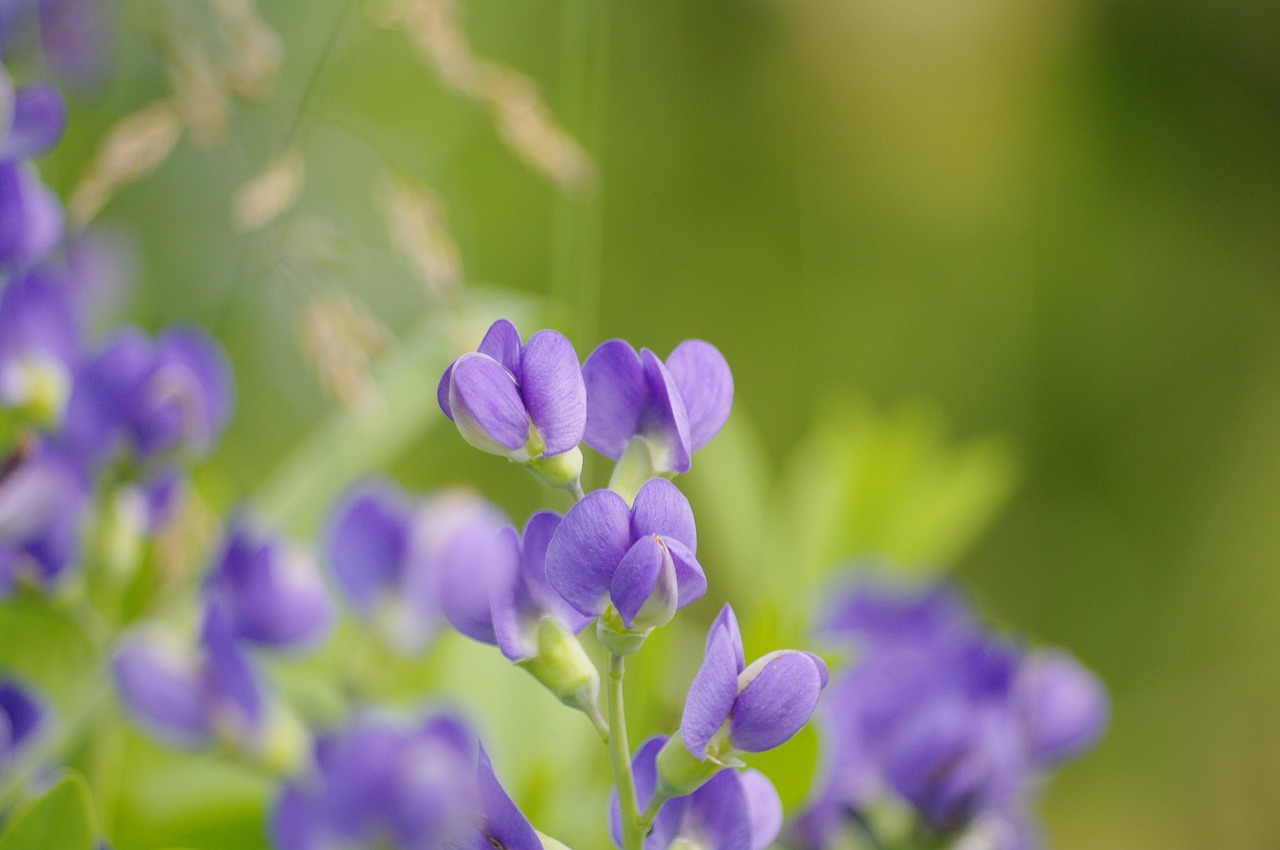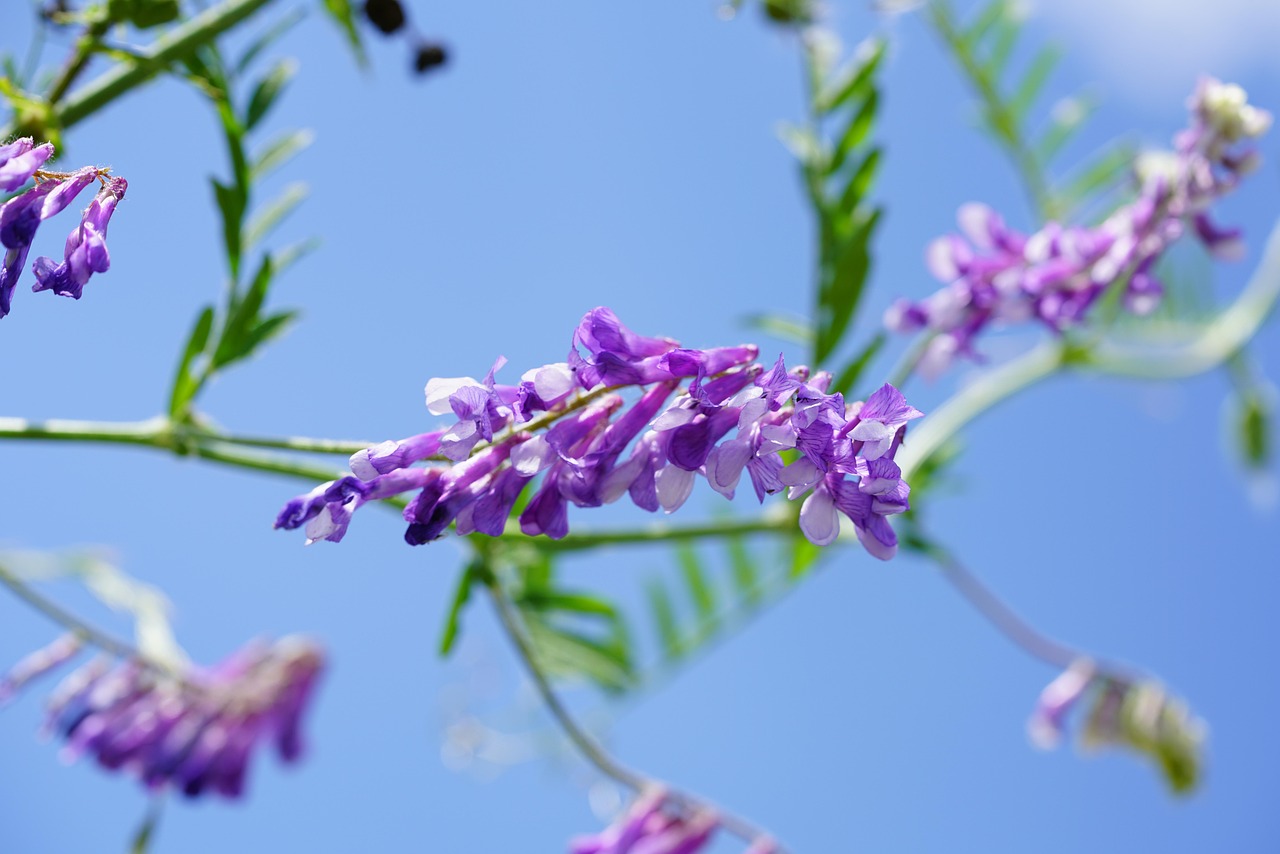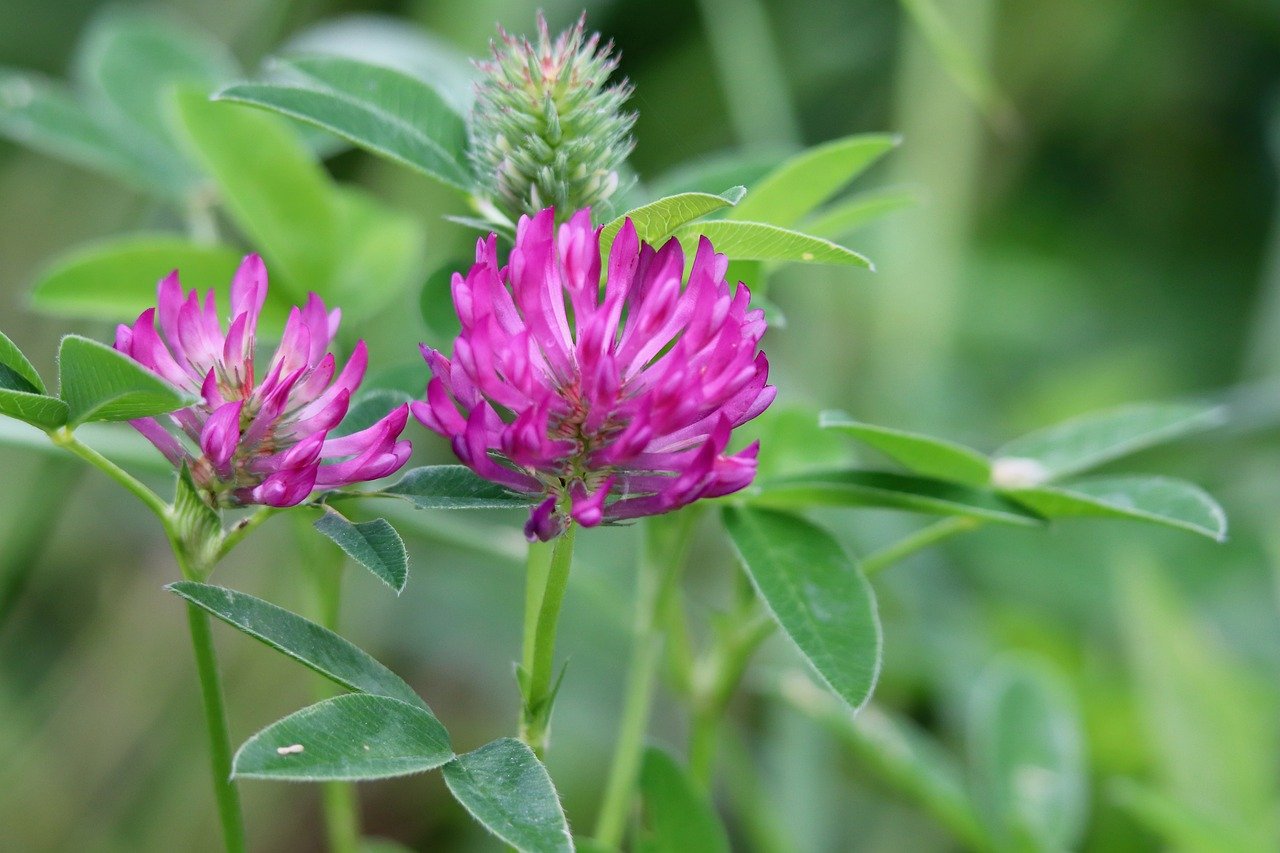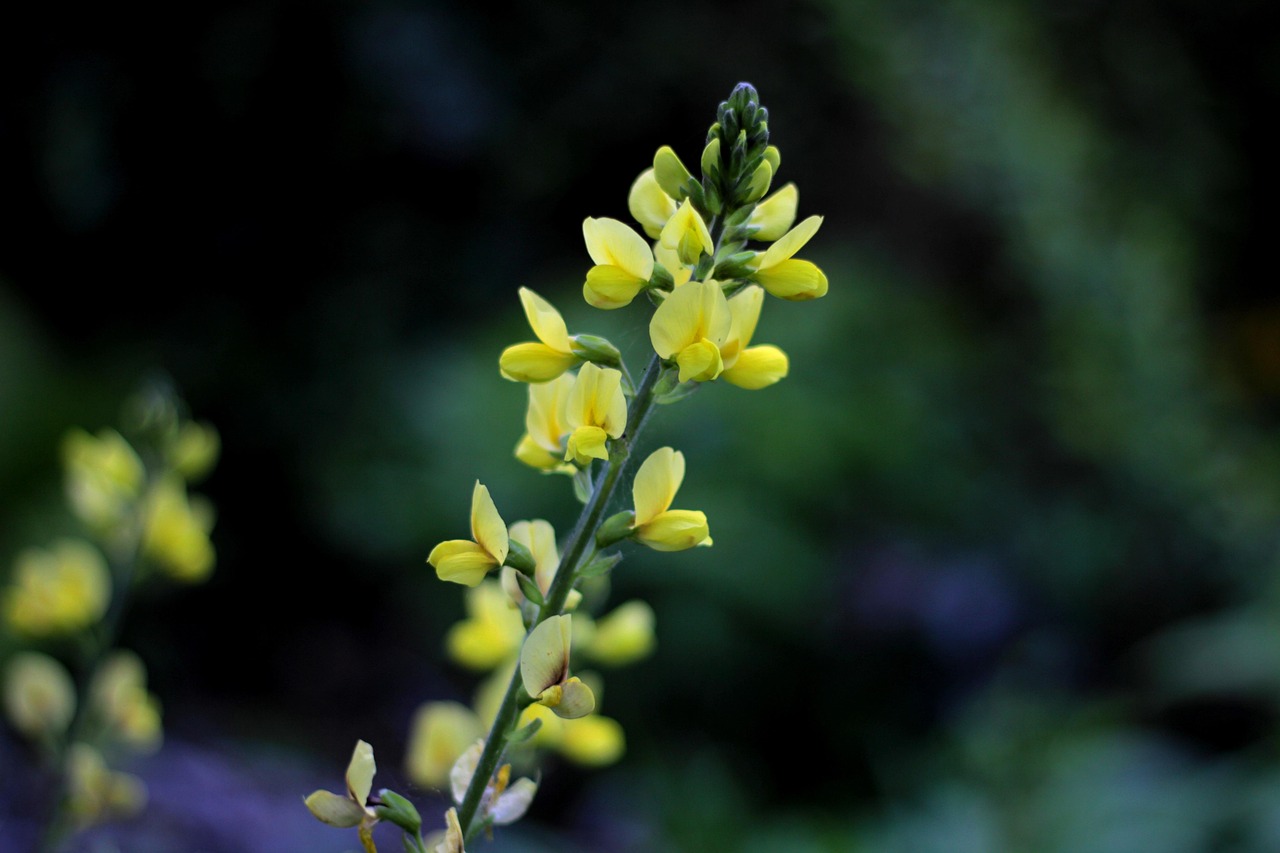Black Locust: Features and Care

Robinia pseudoacacia, commonly known as black locust, is a deciduous tree in the legume family native to North America. Known for its fragrant white flowers blooming in early summer and its vigorous growth, it is now widely cultivated around the world as a street tree, park tree, and windbreak.
Since its introduction to Europe in the early 17th century, its adaptability and ornamental value have made it a key species in both urban and rural greening projects.
This article explores its basic characteristics, cultural and historical significance, and essential care tips.
Basic Information
- Scientific name: Robinia pseudoacacia
- Family: Fabaceae
- Origin: North America (Appalachian Mountains)
- Appearance: The tree can grow to 10–25 meters in height, sometimes taller. Its pinnate leaves are soft in texture and provide rich greenery from spring through autumn. In early summer, clusters of fragrant white pea-like flowers bloom, giving the entire tree a hazy white appearance during flowering.
- Blooming season: May to June
Cultural Significance Around the World
In Europe, the black locust is known as “acacia faux” in French and is widely planted as a key element of urban landscapes. In France, rows of these trees line avenues and town squares, their sweet fragrance filling the streets in early summer. In some areas, they are regarded as heralds of the season’s arrival.
In Germany, black locust trees are popular in beer gardens. Their broad leaves provide ample shade in summer and allow for good airflow after leaf fall, making them ideal for open-air gathering spaces. In Eastern European rural areas such as Hungary and Bulgaria, they have long been planted along village borders or field edges to serve as windbreaks and for soil retention.
In Japan, the tree was introduced during the Meiji period and was used in Hokkaido and the Tohoku region for windbreaks and street planting. It adapted well to the colder climates and is now found along parks and riverbanks across the country.
Historical Background
The introduction of black locust to Europe dates back to 1601, when Jean Robin, royal gardener and botanist to the French court, planted it in a botanical garden in Paris after bringing it from North America. A specimen of this tree still stands beside the Church of Saint-Julien-le-Pauvre in Paris and is considered the oldest black locust in Europe.
In the 19th century, its practicality was also recognized in the United States. During the westward expansion, it was widely used along railway lines and on farmlands as windbreaks and erosion control due to its rapid growth and tolerance for poor, dry soil. Its usefulness led to its spread across Europe, Asia, and Africa, where it became a fixture in local landscape culture.
Gardening Advice

Black locust trees grow vigorously and are suitable for planting in wide, open areas or urban spaces. The following are key points to consider when growing them.
Sunlight
Prefers full sunlight. Abundant light enhances flower production and promotes healthy growth.
Watering
Water regularly during the early stages of establishment. Once rooted, it usually survives on rainfall alone. Avoid excessive moisture to prevent root rot.
Soil
Well-aerated and well-drained soils are ideal. It also grows in slightly dry or sandy soils without requiring special amendments.
Pruning
Due to its vigorous growth, periodic pruning is useful to reduce crowding. Winter, during leaf dormancy, is the best time for shaping the tree.
Staking & Transplanting
Young trees may be prone to leaning in windy areas, so staking is recommended. Transplanting is best done in late autumn or winter.
Caution
The tree’s strong roots and high reproductive capacity may affect nearby structures. Branches may have thorns, so wear gloves when pruning.
Conclusion
Black locust is a deciduous tree that produces fragrant white flowers in early summer and has a long history of global adoption. In Europe, it has become a culturally important element in urban design, and in Japan, it has been used since the Meiji period for windbreaks and landscape planting.
Though it requires space and proper care, its presence contributes a strong and dignified character to any planted area, forming an integral part of local environments and public spaces.




